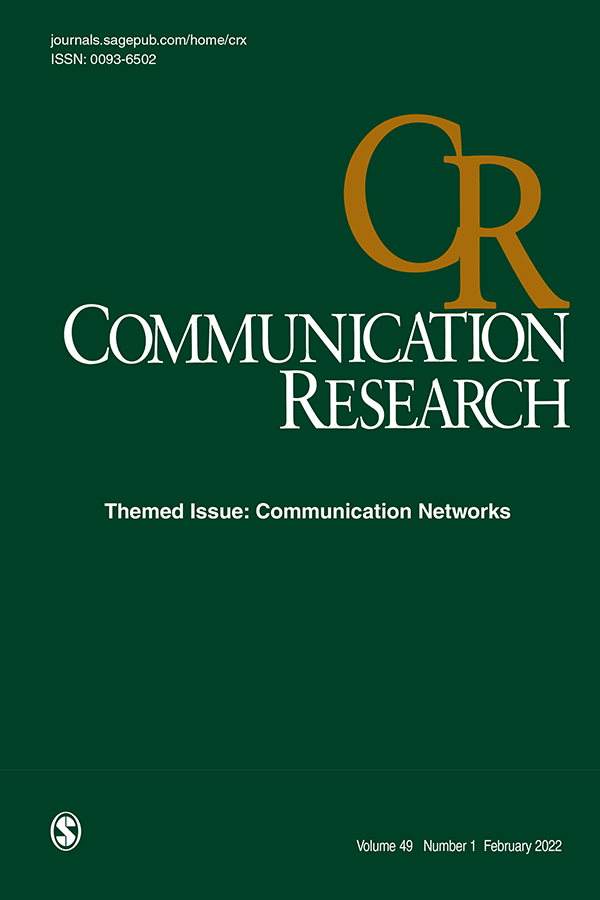开发并验证 15 项真/假新闻素养知识测量方法
IF 3.2
1区 文学
Q1 COMMUNICATION
引用次数: 0
摘要
鉴于全世界对新闻素养潜在重要性的关注与日俱增,一个有理论基础并经过实证验证的新闻素养测量方法至关重要。在现有理论的基础上,我们开发并验证了 15 项真/假新闻素养知识测量方法。该测评方法以简洁、可调整、基于知识的形式,全面体现了新闻素养的五个 C--语境、创作、内容、流通和消费。利用项目反应理论和差异项目功能分析,我们对具有代表性的美国样本进行了三次调查,在研究 1 中开发并评估了 80 个真/假项目(样本数 = 1,502),在研究 2 中减少到 43 个项目(样本数 = 1,273)。最终减少的 15 个项目在研究 3(样本数 = 681)中与相关的公民和时事知识测量一起进行了评估和验证,新闻素养知识测量对这些知识具有积极的预测作用。虽然该测量方法是在美国背景下设计和测试的,但我们将这些复杂概念操作化的过程和新颖的真/假格式使其适用于那些有兴趣研究全球新闻素养的人。本文章由计算机程序翻译,如有差异,请以英文原文为准。
Developing and Validating a 15-Item True/False Measure of News Literacy Knowledge
Given growing interest in the potential importance of news literacy around the world, a theoretically grounded and empirically validated measure of news literacy is essential. Building on existing theory, we developed and validated a 15-item true/false measure of news literacy knowledge. This measure comprehensively operationalizes the five C’s of news literacy—context, creation, content, circulation, and consumption—in a concise, adaptable, knowledge-based format. Using item response theory and differential item functioning analysis, we followed a three-survey process with representative U.S. samples, developing and assessing 80 true/false items in Study 1 ( N = 1,502) to reduce to 43 items in Study 2 ( N = 1,273). The final reduced set of 15 items was evaluated and validated in Study 3 ( N = 681) along with related measures of civics and current events knowledge, which were positively predicted by the news literacy knowledge measure. While this measure is designed and tested in the U.S. context, our process of operationalizing these complicated concepts and the novel true/false format facilitates its applicability to those interested in studying news literacy around the globe.
求助全文
通过发布文献求助,成功后即可免费获取论文全文。
去求助
来源期刊

Communication Research
COMMUNICATION-
CiteScore
17.10
自引率
0.00%
发文量
20
期刊介绍:
Empirical research in communication began in the 20th century, and there are more researchers pursuing answers to communication questions today than at any other time. The editorial goal of Communication Research is to offer a special opportunity for reflection and change in the new millennium. To qualify for publication, research should, first, be explicitly tied to some form of communication; second, be theoretically driven with results that inform theory; third, use the most rigorous empirical methods; and fourth, be directly linked to the most important problems and issues facing humankind. Critieria do not privilege any particular context; indeed, we believe that the key problems facing humankind occur in close relationships, groups, organiations, and cultures.
 求助内容:
求助内容: 应助结果提醒方式:
应助结果提醒方式:


